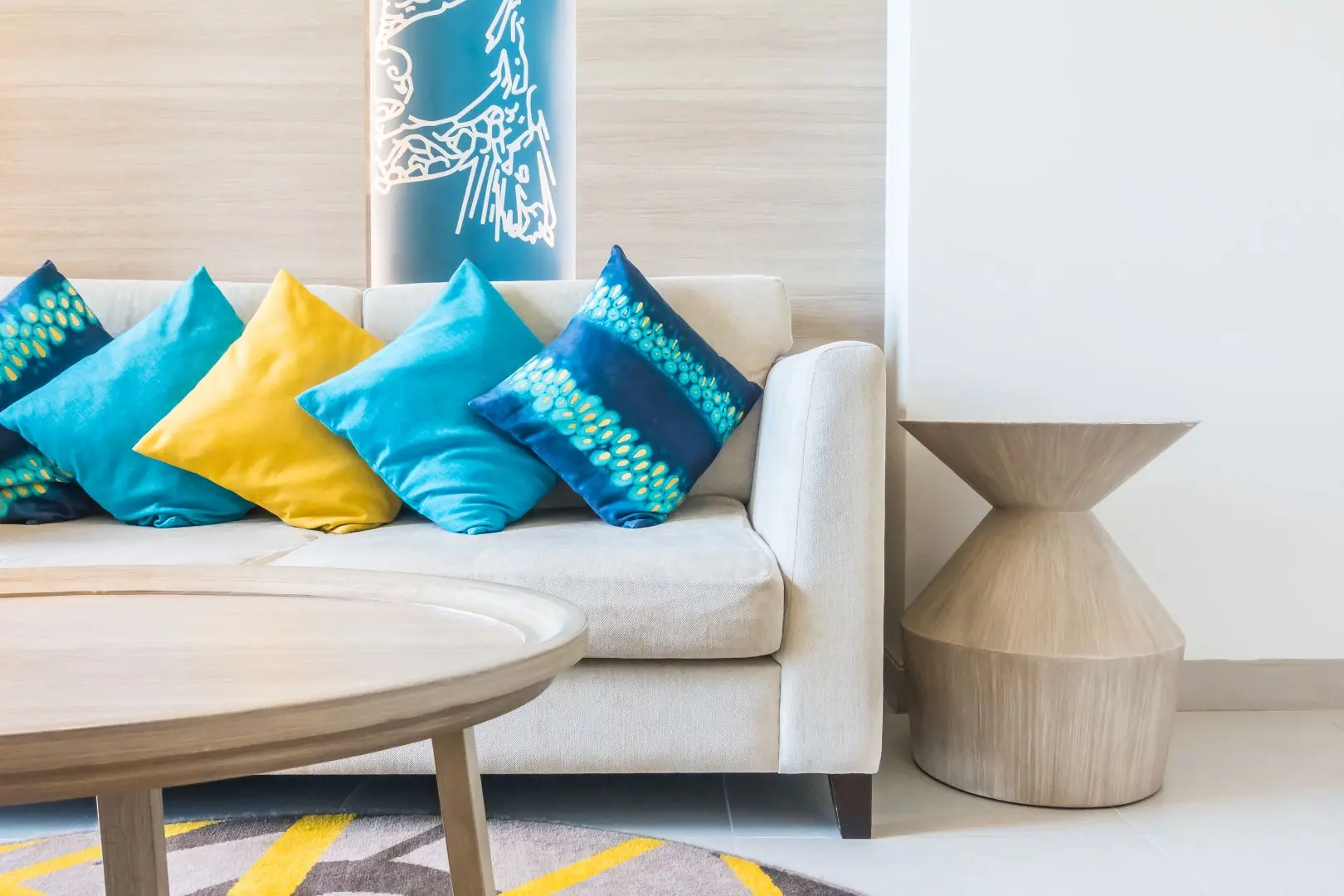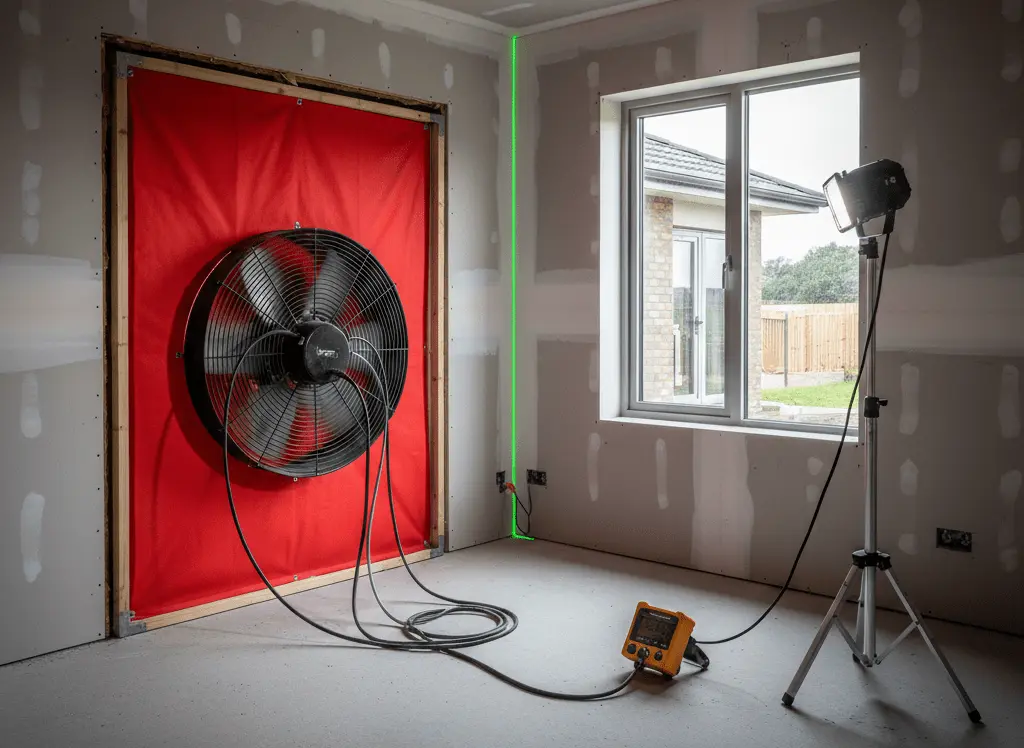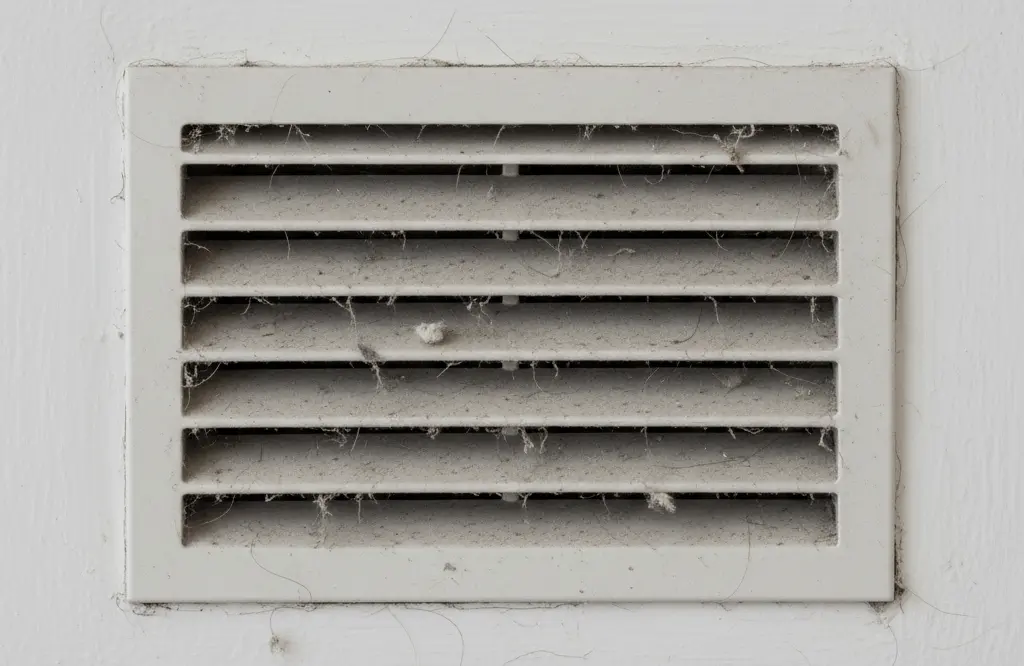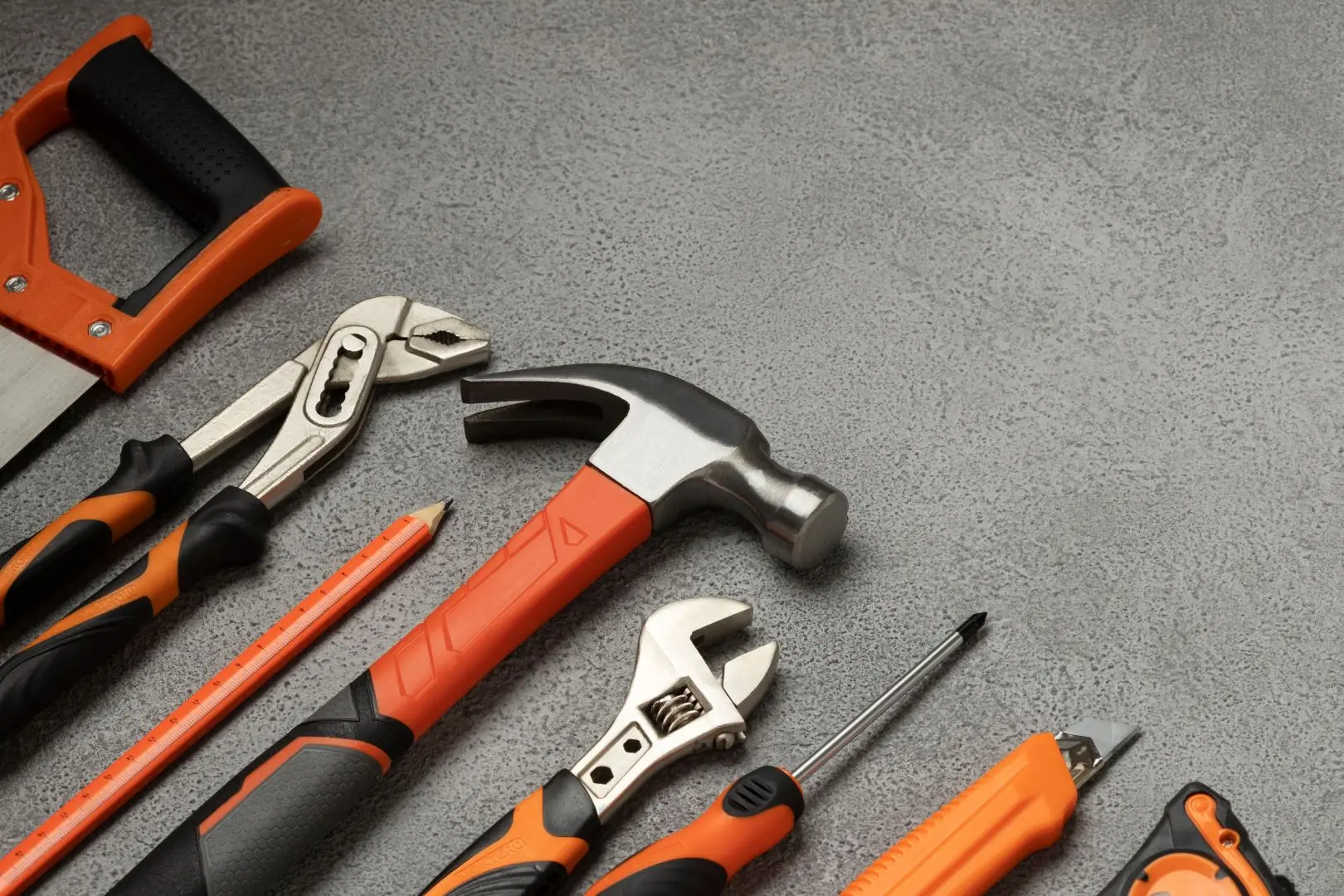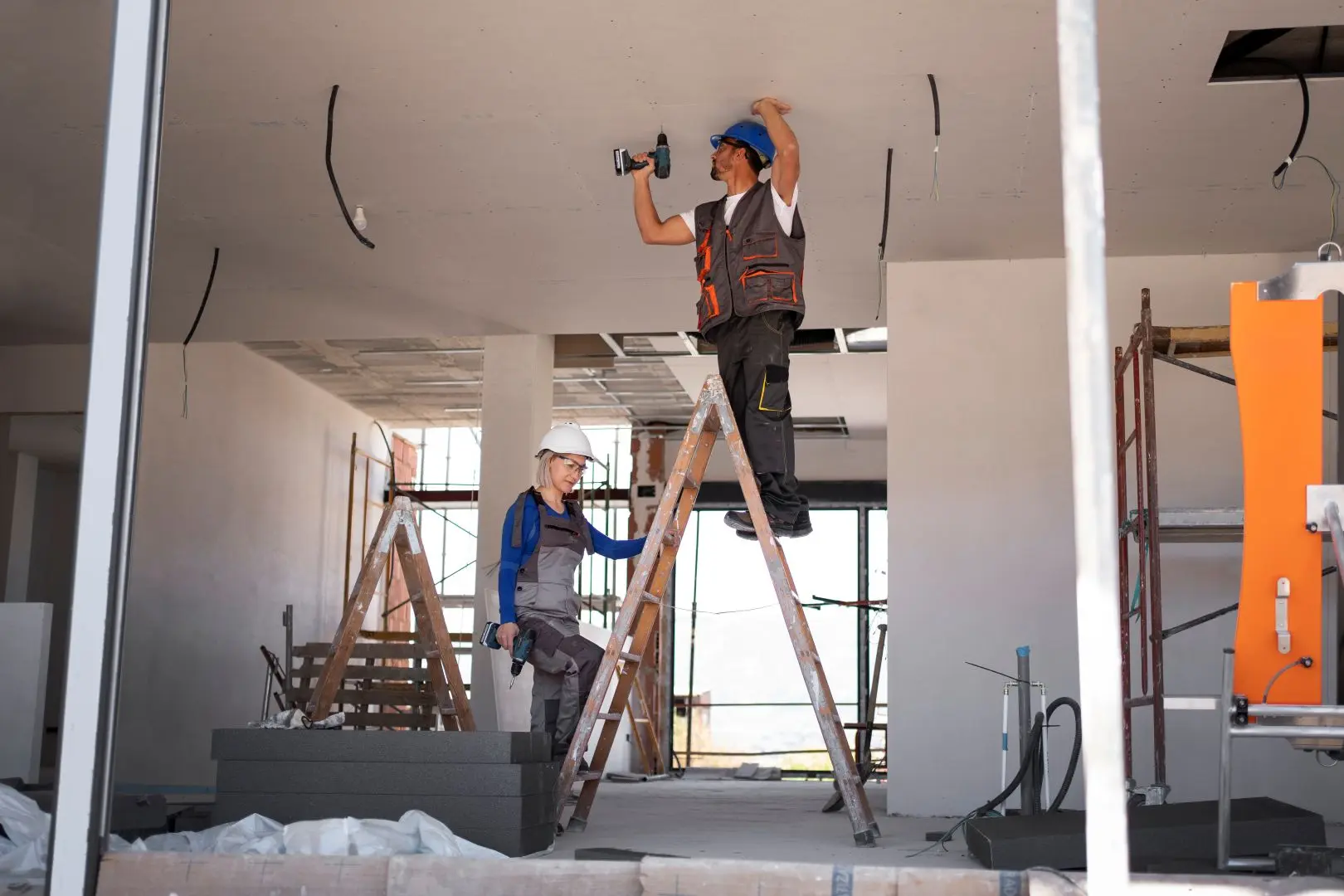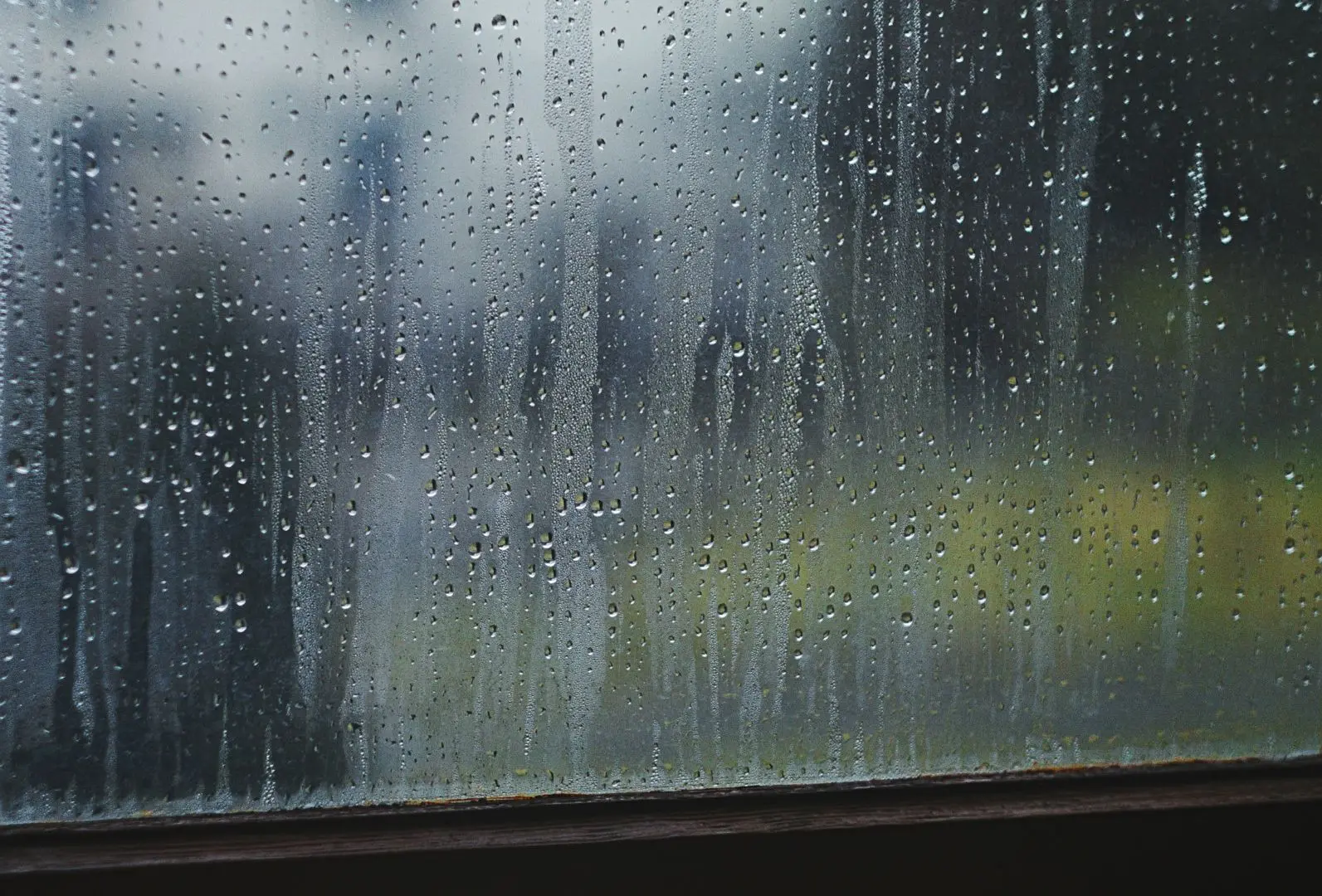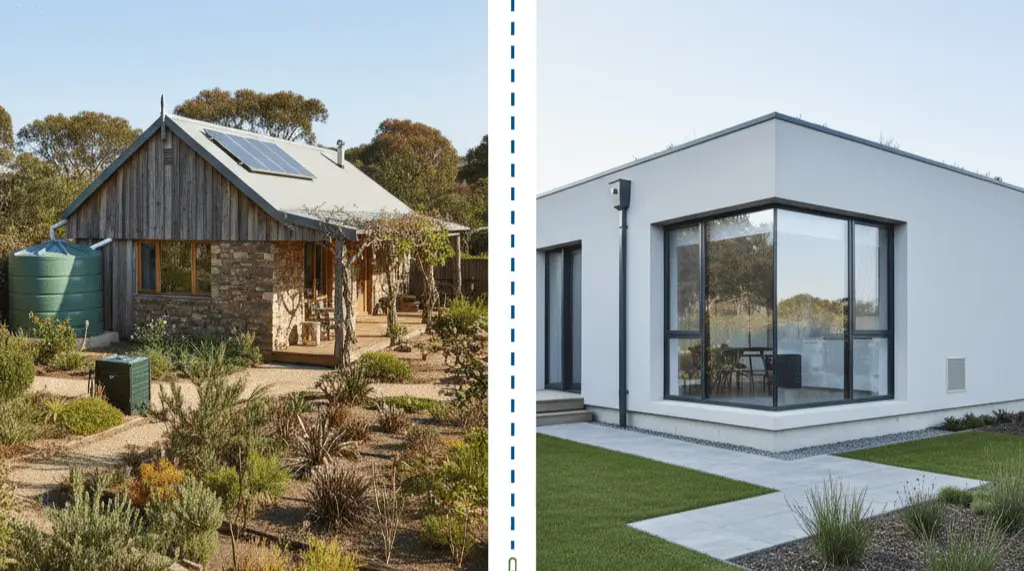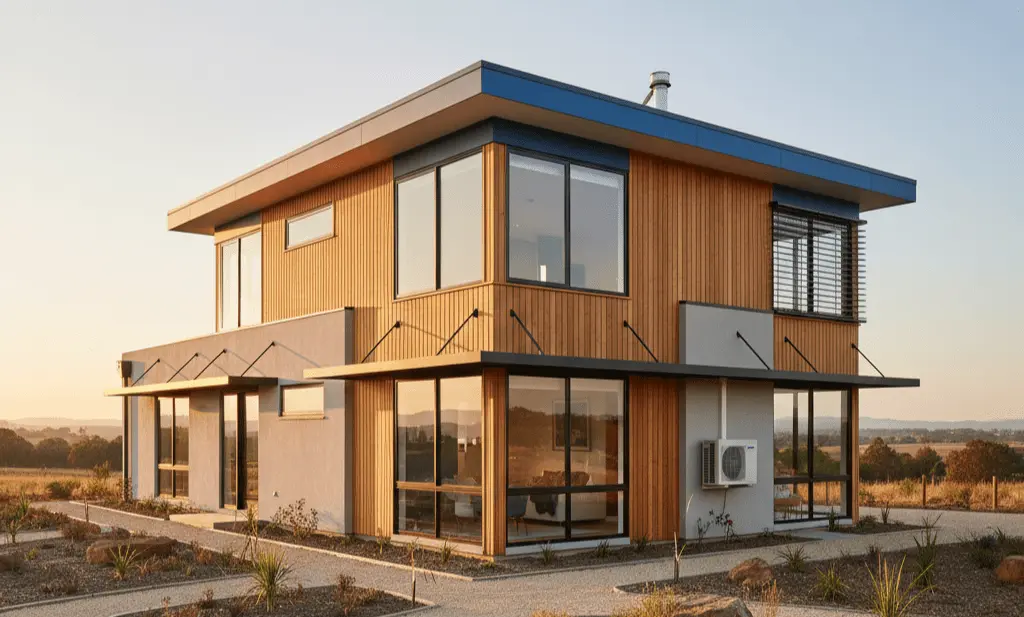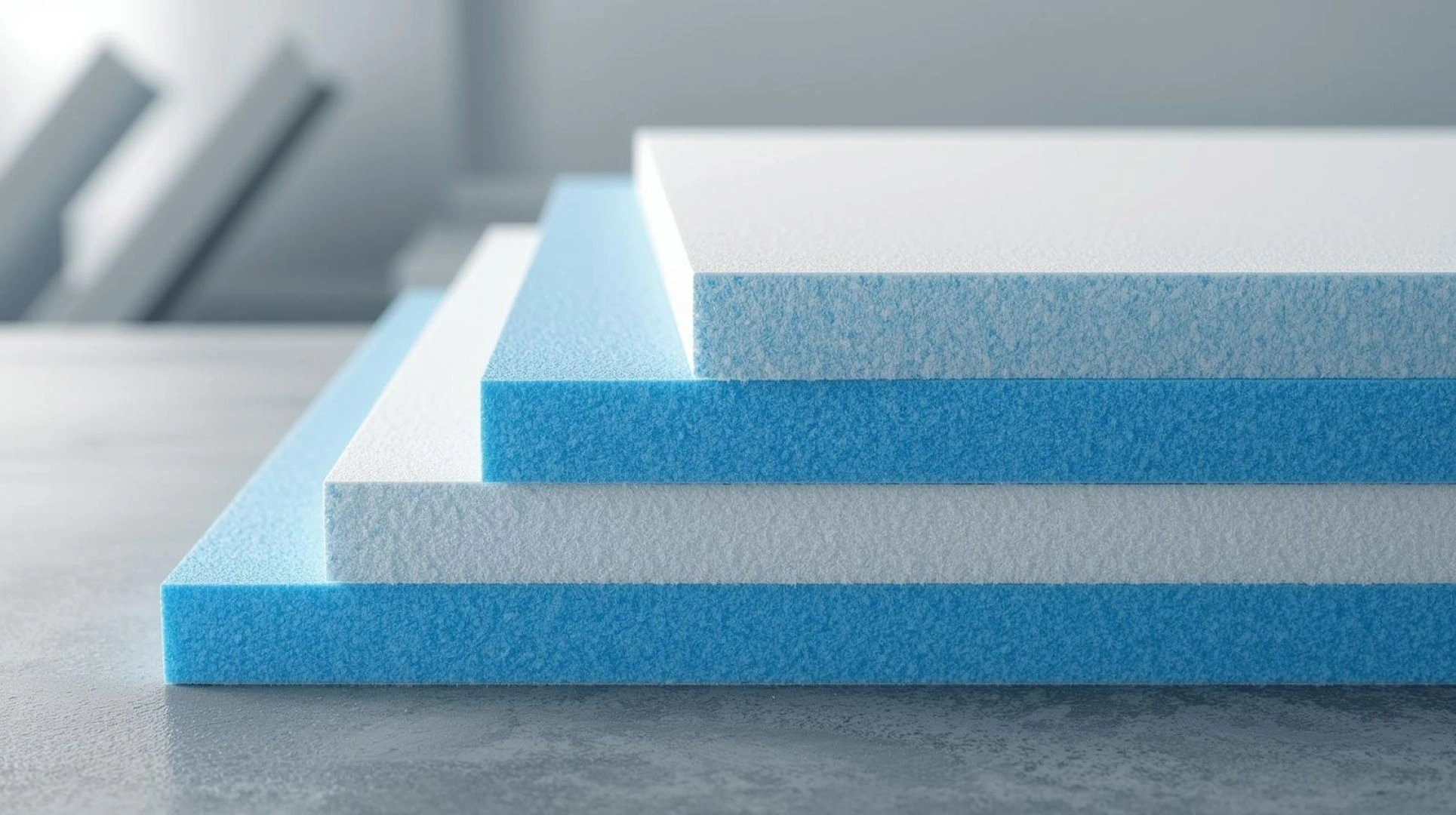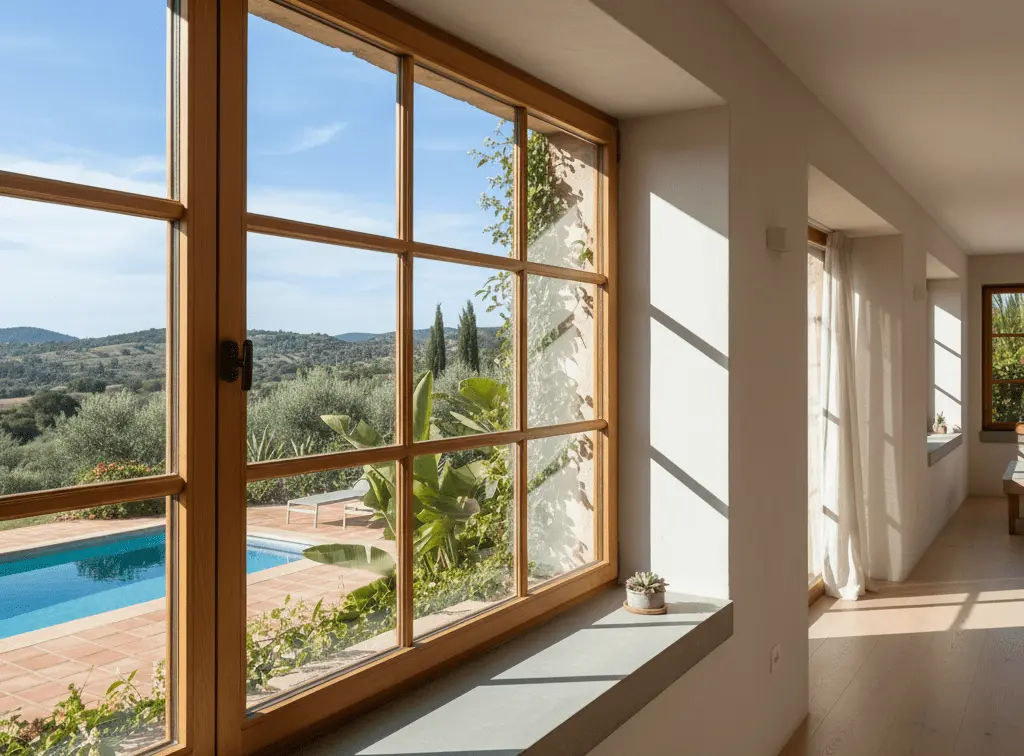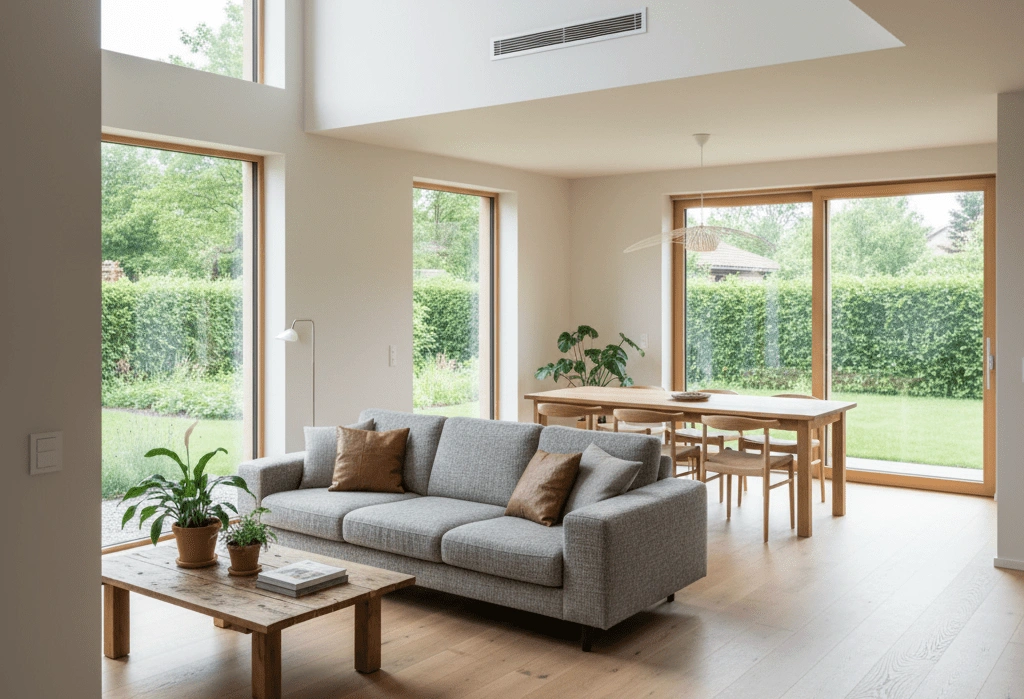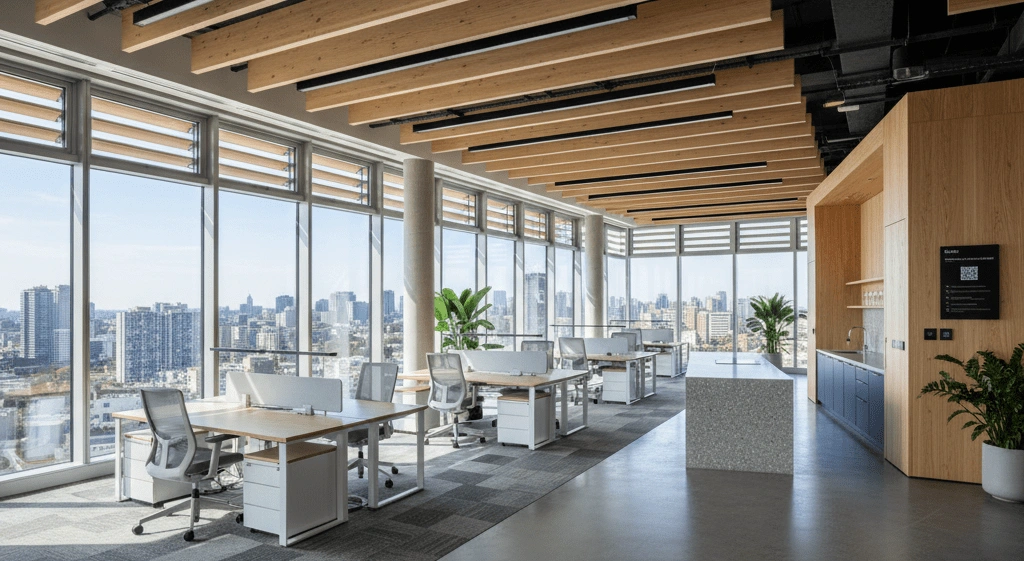How to improve the thermal comfort of a passive house
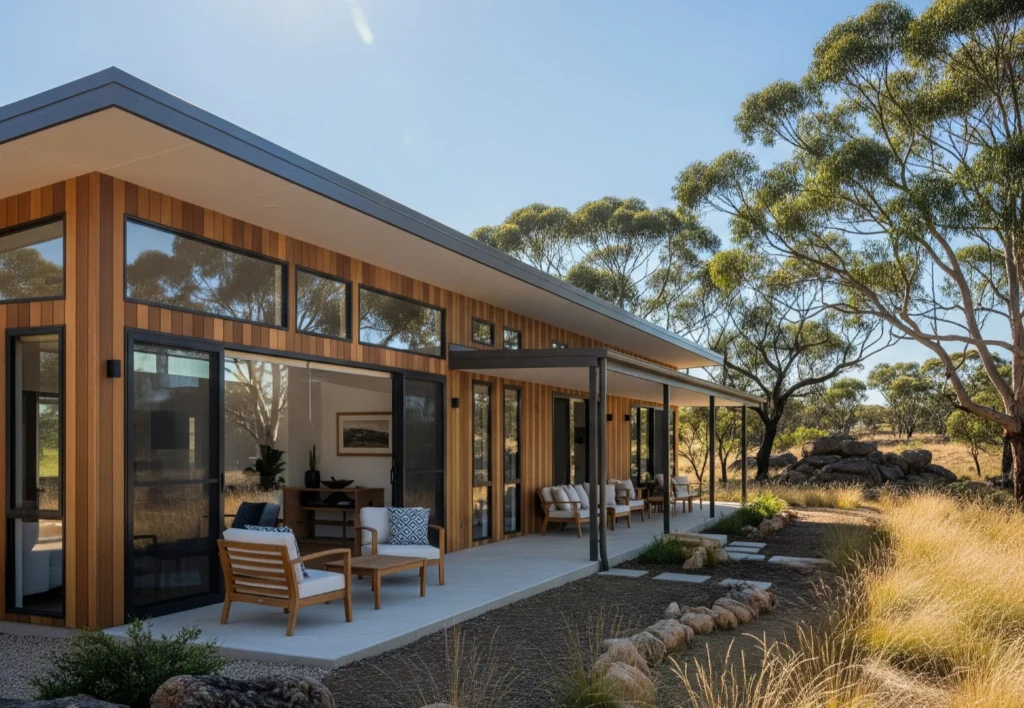
What does a well-designed passive home feel like? It is not too hot and not too cold – just consistently comfortable, no matter the time of year.
That’s thermal comfort in action, and it’s one of the key benefits of passive house design.
But not all passive house designs perform equally. Whether you’re planning a new build or looking to fine-tune an existing passive design house, there are practical ways to improve how your home feels from season to season.
From insulation to orientation, here are the most effective ways to lift thermal comfort in a passive house in Australia – and make sure your home works with the climate, not against it.
1. Understand your local climate zone
Before finalising any passive house design, it’s essential to understand the climate zone you’re building in. Like how the original Passiv Haus developed in Germany differs from anywhere else, a passive house design in Hobart will differ from one in Brisbane. Your local temperature ranges, humidity levels and solar angles will influence everything from insulation to window placement.
Working with an experienced passive home builder or designer means your passive house design plans will be tailored to your location, not just a generic template. This local knowledge is one of the biggest factors in achieving year-round comfort.
2. Prioritise orientation and solar gain
Passive solar house designs rely heavily on making the most of the sun’s free energy. In most parts of Australia, north-facing windows are ideal for capturing low winter sun. This reduces the need for artificial heating during colder months.
But, as we’re aiming for year-round comfort, your passive solar design house plans should prevent overheating in summer. Shading elements like eaves, pergolas and deciduous trees can help block high-angle sun while still allowing winter light to enter.
Good passive building design is all about striking this balance – using the sun when you need it, and avoiding it when you don’t.
3. Insulate properly and consistently
Thermal insulation is a cornerstone of passive home building. It slows down the transfer of heat, helping to keep warm air in during winter and out during summer.
But how it’s installed is as important as what insulation you choose. Gaps, joins and poorly fitted materials can all reduce effectiveness. Walls, roofs and floors should all be considered as part of your passive design house plans. Don’t forget about window frames, doors and slab edges, as these are common places where heat can escape.
4. Invest in high-performance windows and glazing
Windows can make or break a passive solar house design. Single glazing or cheap aluminium frames can undermine your insulation, especially during temperature extremes.
Double or triple glazing and thermally broken frames help to improve the performance of your windows. In fact, in many passive house designs, windows are the most expensive individual item – and for good reason. They let in natural light and heat, but must be carefully specified to avoid discomfort from cold draughts or unwanted heat gain.
5. Control air leakage
Air leakage is a silent comfort killer. Even in homes with great insulation and orientation, gaps in the building envelope can lead to temperature swings and draughts.
That’s why airtightness is a key feature of certified passive house designs. During construction, a blower door test can be used to detect leaks. Sealing these areas properly – especially around windows, doors and service penetrations – will help your home stay at a stable, comfortable temperature with less reliance on mechanical systems.
6. Make use of thermal mass
Thermal mass refers to materials that can absorb, store and slowly release heat. In a passive house design, this often means concrete or masonry floors that soak up heat during the day and release it at night.
It’s important to pair thermal mass with correct orientation and shading. Too much thermal mass in the wrong location can lead to overheating or cold spots. But used wisely, it can help regulate indoor temperatures and reduce peaks and troughs in your home’s daily comfort levels.
7. Don’t forget about ventilation
Ventilation plays a key role in a passive design house. Fresh air helps remove stale indoor air, moisture and excess heat. But in a tightly sealed home, you need a system to do this efficiently.
Mechanical heat recovery ventilation (MHRV) systems are common in passive home building. They provide a steady supply of filtered air without losing valuable warmth in winter or cool air in summer. This also improves air quality, which is a bonus for comfort and health.
8. Choose the right builder and team
If you’re designing a passive house in Australia from scratch, the experience of your team matters. A skilled passive home builder or designer will ensure your home performs to correct passive house standards.
Look for professionals familiar with passive house design, airtight construction techniques and the latest in insulation and ventilation. There are also growing numbers of certified Passive House professionals in Australia who can guide you through every step of the process.
9. Consider shading and landscaping
Landscaping can enhance the thermal comfort of a passive building design. Trees, pergolas and vegetation can provide additional summer shade and help reduce the heat island effect around your home.
Deciduous trees are ideal because they provide shade in summer but lose their leaves in winter, letting the sun through when you need it most. Even ground surfaces like gravel, lawn or paving can affect how much heat is reflected or absorbed near your home.
10. Monitor and fine-tune performance
Even the best passive design house plans can benefit from small adjustments once the home is occupied. Smart home sensors or energy monitors can help track indoor temperature, humidity and air quality. These insights let you see what’s working well and what might need attention.
Simple changes, like adjusting shading, updating seals or tweaking MVHR settings, can improve how the home performs in different seasons.

